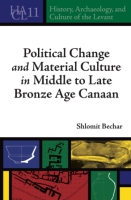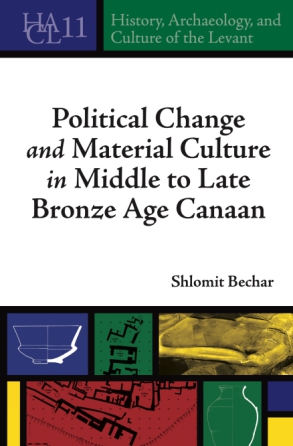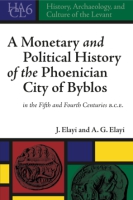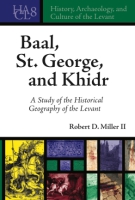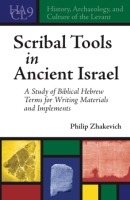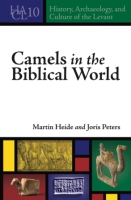Political Change and Material Culture in Middle to Late Bronze Age Canaan
Shlomit Bechar
“Bechar has undertaken an in-depth study of the ceramics at Hazor and put its assemblage in dialogue with those of surrounding settlements, which will be extremely useful for archaeologists working in the region. This study allows her to make important conclusions—such as the fact that pottery shapes at Tel Arqa in the LB II become less similar to those in the Southern Levant and more similar to those of the Northern Levant. In border zones where allegiances fluctuate, this kind of ceramic shift may represent one of the few available ways to understand political shifts at the time.”
- Description
- Reviews
- Bio
- Table of Contents
- Sample Chapters
Combining archaeological and historical analysis, Bechar identifies the most significant changes evident in architectural and ceramic remains from this period and then explores how and why contemporary political shifts may have influenced, or been influenced by, these developments. Bechar persuasively argues that the Egyptian conquest of the southern Levant—enabled by local economic decline following the expulsion of the Hyksos and the fall of northern Syrian cities—was the impetus for these changes in ceramics and architecture. Using a macro-typological approach to examine the ceramic assemblages, she also discusses the impact of the influx of Aegean imports, suggesting that while “attached specialists” were primarily responsible for ceramic production in the Middle Bronze Age, Late Bronze Age ceramics were increasingly made by “independent specialists,” another important result of the new administrative system created following Thutmose III’s campaign.
An important contribution to our understanding of the transition between the Middle and Late Bronze Ages, this original and insightful book will appeal to specialists in the Bronze Age Levant, especially those interested in using ceramic assemblages to examine social and political change.
“Bechar has undertaken an in-depth study of the ceramics at Hazor and put its assemblage in dialogue with those of surrounding settlements, which will be extremely useful for archaeologists working in the region. This study allows her to make important conclusions—such as the fact that pottery shapes at Tel Arqa in the LB II become less similar to those in the Southern Levant and more similar to those of the Northern Levant. In border zones where allegiances fluctuate, this kind of ceramic shift may represent one of the few available ways to understand political shifts at the time.”
“This is a well-researched study that fills several knowledge gaps about the economy and livelihood of the Canaanite peoples during the upheavals of LBI and LBII.”
Shlomit Bechar is Senior Lecturer at the School of Archaeology and Maritime Cultures at the University of Haifa. She is Codirector of the Tel Hazor excavations and is a coauthor of Hazor VII and Hazor VIII.
List of Illustrations
List of Tables
Acknowledgements
Chapter 1. Introduction
1.1 General Introduction
1.2 Research Questions and Aims of Study
1.3 Geographical Framework
1.4 Chronological Framework
1.5 Historical Background: The Sixteenth-Fourteenth Centuries BCE in the Ancient Near East
1.6 State of Research
1.7 Economic Models and Pottery Production: Theoretical Framework
1.8 Economic Model for the Southern Levant
1.9 Methodology
1.10 Research Outline
Chapter 2. The Transition from the Middle to the Late Bronze Age: Architectural Aspects at Hazor
2.1 Background
2.2 The Architectural Evidence
2.3 The Built Environment of the Lower City
2.4 Crisis Architecture
2.5 Historical Implications
2.6 Conclusions
Chapter 3. The Middle Bronze Age-Late Bronze Age Transition in the Levant: Architectural Aspects
3.1 Introduction
3.2 The Southern Levant
3.3 Northern Levant: Lebanon
3.4 Northern Levant: Syria
3.5 Summary and Conclusions
Chapter 4. Pottery Assemblages from the Middle and Late Bronze Ages
4.1 Methodology
4.2 Typological Scheme
4.3 Discussion by Site
4.4 Discussion and Summary
Chapter 5. Discussion and Conclusions
5.1 Introduction and Summary of Previous Chapters
5.2 Historical Implications
5.3 Changes in Ceramic Traditions and Consumption
5.4 Final Conclusions—From a Superpower in the MBA to a Great Vassal in the LBA
Bibliography
Index
Download a PDF sample chapter here: Chapter1
Mailing List
Subscribe to our mailing list and be notified about new titles, journals and catalogs.
